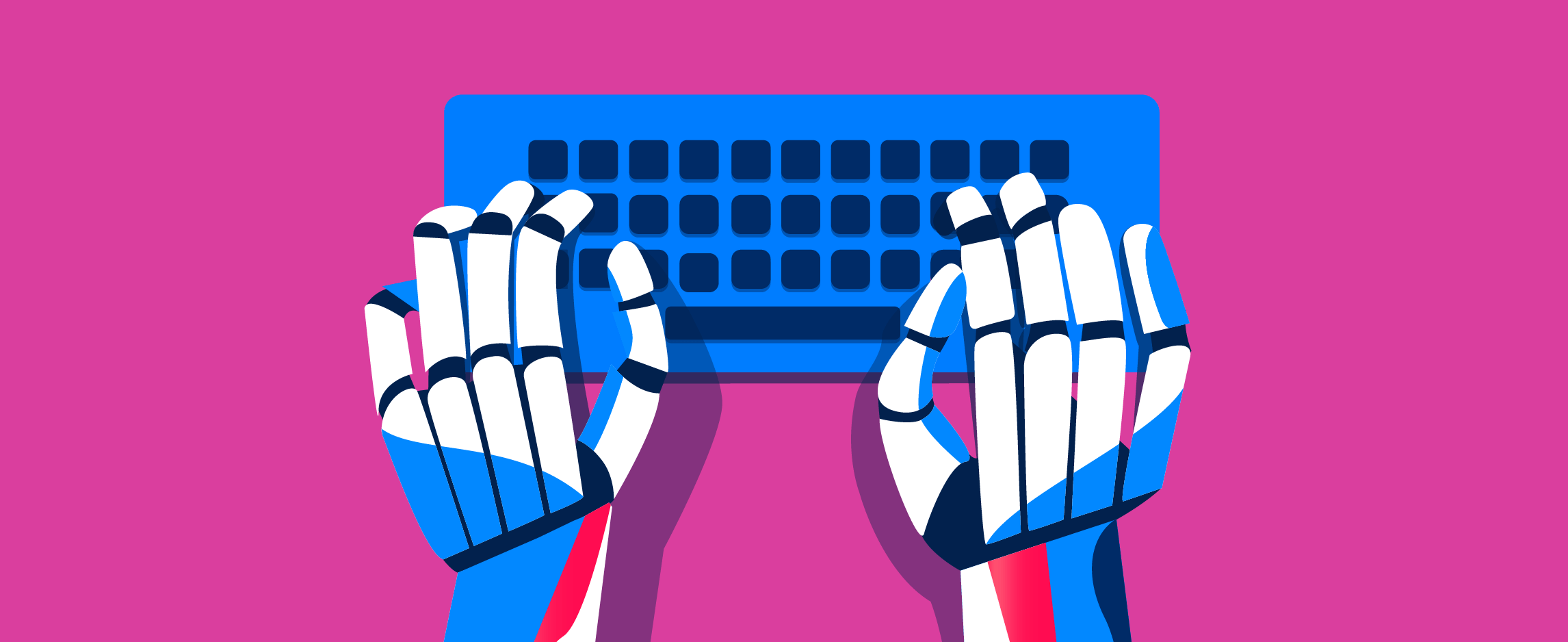The evolution of chatbots began in 1950, when Alan Turing, an English computer scientist, published “Computer Machinery and Intelligence.” In the paper, he asked, “I propose to consider [a] question, can machines think?” He also introduced the Turing test, which is still used today as a test of an intelligent program’s ability to mask itself as human.
In the following decade, a collection of ambitious scientists followed Turing’s lead. Joseph Weizenbaum created ELIZA, one of the first chatbots in 1966. While ELIZA failed the Turing test, it did break new ground with innovations like keywords and programmed responses.
Around six years later, Kenneth Colby created the chatbot PARRY in 1972. He tested the chatbot against psychiatrists, and only 48% could tell the difference between a human and PARRY. Using a system of “emotional responses” triggered by varying weights assigned to verbal inputs, PARRY simulated a paranoid human.
Colby was also the first psychiatrist to conceptualize chatbots assisting in the research and understanding of mental illness. His mission lasted until his passing in 2001.
In the late ’80s, specifically 1988, Rollo Carpenter created the Jabberwacky chatbot. The purpose was to have fun with human interaction and conversation. It used the AI technique known as contextual pattern matching and has led to further use for academic research.

Dr. Sbaitso was a chatbot created for MS-DOS by Creative Labs in 1992. It is one of the first chatbots that included AI, and it had a complete voice-operated chat program. The chatbot was designed to emulate a psychologist with many responses asking, “Why do you feel that way?”
In 1995, Richard Wallace created A.L.I.C.E. (Artificial Linguistic Internet Computer Entity). This universal language chatbot utilized heuristic pattern matching. A.L.I.C.E. simulated the action of chatting with someone online. The chatbot was designed to look like a young woman who could tell you interesting facts about herself, along with her age and hobbies. Plus, A.L.I.C.E. could answer questions. This chatbot used the XML schema artificial markup language (AIML).
It wasn’t until 2001 that we saw the predecessor of Siri and other similar applications with Smarterchild. Between 2010-2015, chatbots began to take over with Siri, Google Assistant, Alexa, and Cortana. These types of chatbots could perform online searches, respond to voice commands, play music, and more.
Conversational AI.
Conversational AI is the use of messaging apps, speech-based assistants, and chatbots to automate communication and create personalized customer experiences at scale. Conversational AI applications enable long-running interactions with customers via text or voice using the most intuitive interface available: natural language.
With conversational AI, conversations can be driven by words to support two-way interactions. Further, conversational AI uses NLP to offer personalized consumer experiences by combining automation and AI to facilitate personalized interactions. With conversational AI, chatbots can now offer improved engagement and more unique interactions.



